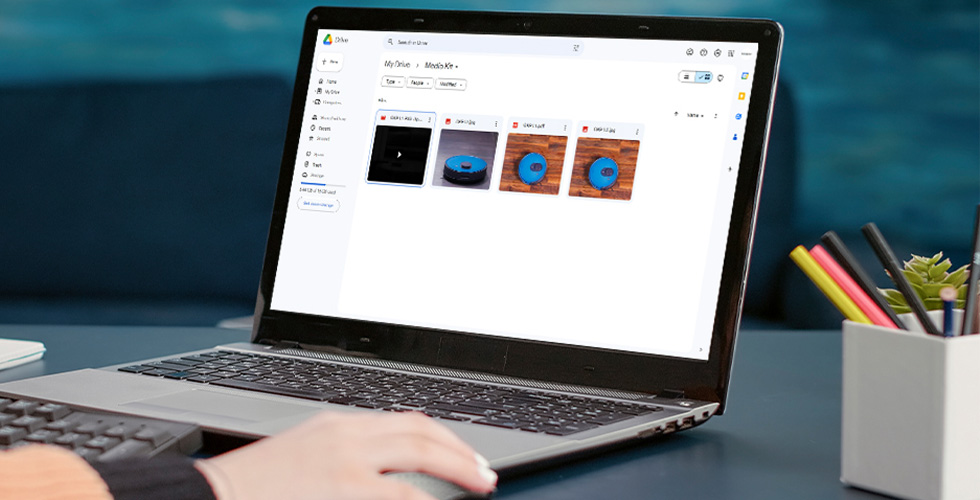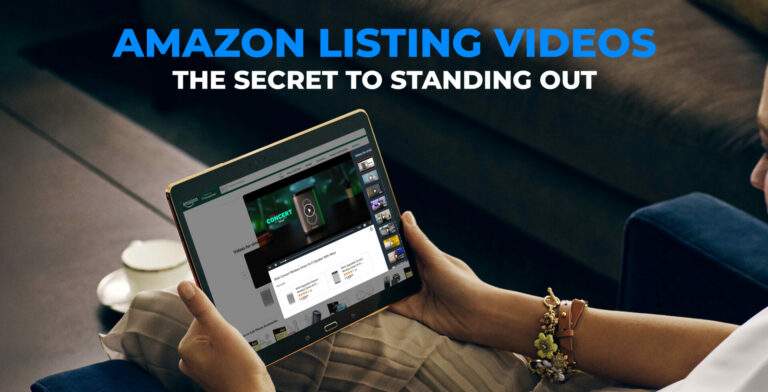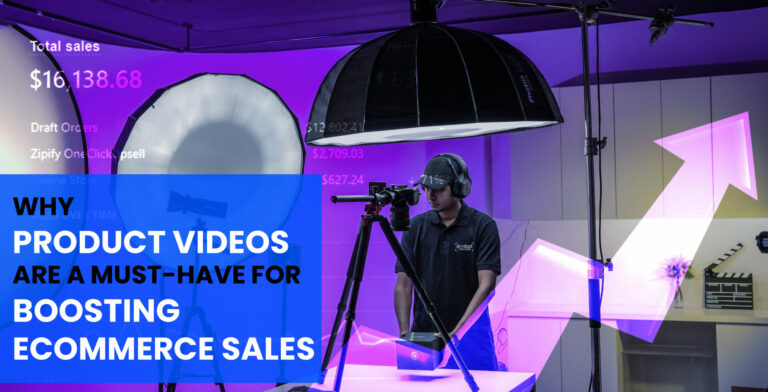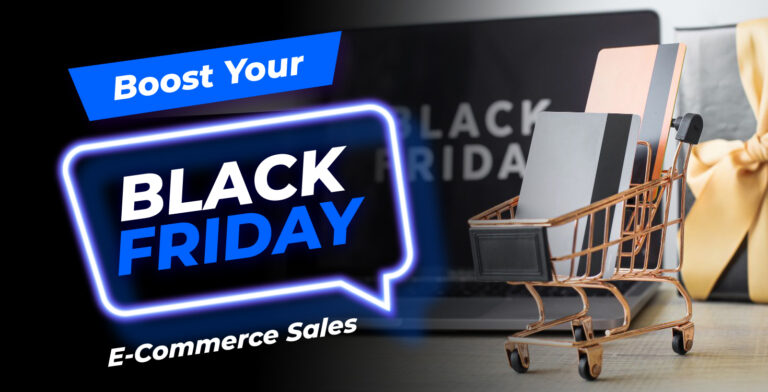In today’s noisy and crowded online marketplace, standing out takes more than just a quality product. An effective promotional strategy is crucial for eCommerce businesses to attract customers, build authority, and ultimately drive sales. Yet many online stores overlook a simple but powerful tool—the media kit.
A media kit is an essential guide that introduces your brand and offerings to potential partners, journalists, affiliates, and other influencers. Equipped with compelling content about your products, company history, target audience, and past media coverage, a media kit serves as your digital pressroom and gives you valuable control over your narrative.
For eCommerce brands, having a polished media kit offers immense yet underutilized benefits when it comes to promotion. This guide will explore what comprises an effective media kit, enumerate the specific advantages media kits bring for online retail, provide tips for creating a stellar media kit tailored to your unique brand identity and offerings, examine common media kit mistakes to avoid, and underscore why your eCommerce product needs a media kit in today’s crowded eCommerce landscape.
With the right media kit, you can more effectively capture customer attention, accelerate growth, and position your company as an authority. Let’s dive in to the power of eCommerce media kits.
What Is a Media Kit?
A media kit, also known as a press kit, is a pre-packaged set of promotional materials that provides essential information about a business to the media. For an eCommerce company, having a strong media kit is crucial for getting your brand seen and telling your story in the highly competitive online retail space.
It is distributed to members of the media for promotional use, typically to announce a release, for a news conference, or to accompany a press release. It is an essential tool for companies to land press coverage, automate PR processes, and save time for both reporters and the company
Media kits can be designed in various formats, such as a responsive online press page or a static, downloadable resource like a presentation deck.
What Makes A Good Media Kit?
A media kit needs to make a strong first impression and quickly convey why your brand deserves coverage. The best media kits artfully blend visual appeal and compelling content to highlight your eCommerce business’s newsworthy details and achievements.
An effective eCommerce media kit will:
- Showcase the product and explain the problem it solves
- Communicate your company’s unique value proposition and brand identity
- Include executive headshots and bios to humanize the brand
- Feature statistics and research that supports your success
- Provide stock images and videos that capture the product
- List testimonials from happy customers
- Share a brief company history overview of notable milestones
- Offer contact information to make it easy for media to reach you
- Remain visually appealing through good graphic design
- Convey the most relevant information without getting too wordy or sales-prone
Carefully curating these elements allows eCommerce brands to pique media interest and get their product in front of new audiences. A polished media kit makes reaching out simple for the press and gives you control over how your brand gets featured.
Benefits Of Having A Media Kit For eCommerce Product
A media kit offers invaluable yet overlooked benefits for eCommerce brands seeking to promote their products and business.
Beyond just introducing your company to potential partners, a media kit serves as your digital pressroom to control your narrative, attract website visitors, save time fielding media inquiries, and build meaningful relationships with your target audience.
Specifically, excellent eCommerce media kits allow you to:
Promote the Products USP
The unique value proposition, or USP, is what sets your product apart in the marketplace. Your media kit offers the perfect showcase to clearly communicate what needs your product fills and why it’s superior.
You can elaborately map out the specific benefits your offer delivers so media outlets understand your differentiation.
With so many competing eCommerce options, it’s vital to zoom in on your niche and prove what makes you the best choice. Then interested media can easily grasp and convey your USP to attract the right customers.
Promote The Brand Identity
Beyond the product itself, media attention also spotlights your overall brand identity. So your media kit must reflect your brand persona and themes through visuals, messaging, typography, etc.
Consistently aligning these elements builds awareness of what your company stands for. You control how features portray your origin story, values, and vision to shape lasting brand perceptions. Great media kits immerse visitors in the brand world so they intrinsically understand you.
Control Over Promotional Element
Online retail faces no shortage of new products seeking their 15 minutes of fame. But keeping interest alive long-term requires control over your narrative. A polished media kit arms you with compelling assets ready for media pitches.
You dictate the messaging, statistics, images, and focus areas instead of leaving it up to a journalist’s interpretation. This allows you to strategically highlight your achievements and steer the conversation.
You can even provide pre-written snippets that media can easily integrate. Having these promotional tools at the ready gives you greater influence over the key details media ultimately publishes.
Saves Time
Fielding one-off media inquiries can devour eCommerce stores’ time. But a media kit offers a convenient way to share standard company information that reporters typically request.
Instead of resending details like executive bios, fact sheets or brand imagery each time, you can simply direct interested parties to your online media kit housing everything in one place.
This allows you to focus on more strategic PR efforts instead of administrative tasks. The kit also lets you scale your brand exposure since relevant info remains accessible.
Boost Relationship With Audience
Earning media placements expands your brand’s reach and exposure to aligned audiences. But the quality coverage your media kit content attracts also helps strengthen engagement and trust with any existing customer base.
Readers see media features as third-party endorsements spotlighting your product’s appeal and usefulness. This social proof builds credibility and inspires fans to passionately support you on your growth journey.
Nurturing these relationships inspires UGC and word-of-mouth sharing that continuously works for you between earned media coverage.
Promote Brand Awareness
A well-designed media kit makes it simple for time-crunched reporters to discover your product and pitch you for stories. And placements you secure exponentially grow awareness of your eCommerce brand as each article taps into wider reader pools.
But a media kit alone boosts visibility by popping up in search results and allowing new website visitors, partners, and affiliates to find you.
The discovery and distribution elements combine to position your company as a leader readers feel they “know” even if they haven’t purchased yet. This top-of-mind presence pays dividends in conversions long-term.
Versatility
While earned media coverage directly connects you to target consumers, your media kit’s versatility also attracts important business opportunities beyond just sales. Partners may browse your media kit when evaluating co-marketing collaborations or the viability of carrying your product.
Investors reference media kits to gauge brand growth potential. Even prospective employees learn about your brand values and achievements. Having a polished, regularly updated media kit gives eCommerce companies a competitive edge when leveraging various growth channels and relationships. The content should flex to different audiences always with sales in mind.
How To Make A Media Kit
Crafting a stellar media kit is an indispensable exercise for eCommerce brands to earn product coverage and accelerate growth. While the core components remain consistent, updating your kit annually ensures you showcase the most relevant milestones. Follow these best practices for assembling an eye-catching and effective 2023 media kit.
First, audit what existing owned media assets bring value. Gather recent customer feedback, social media engagements, noteworthy collaborations, staff additions, etc. that evidence growth. Tie these elements together into compelling messaging and statistics reporters want to cover.
Essential sections to include are:
Branding
Consistent visual branding is key for recognition. Use on-brand colors, fonts and graphic elements throughout your media kit. Work with a designer if needed to keep imagery, typography, etc. cohesive. Spend time perfecting logo visuals since your mark leaves the strongest impression. These details may seem minor but subconsciously build familiarity.
Executive Headshots and Bios
Help media put a face to your brand by introducing the personalities behind it. Include professional headshots and short biographical details spotlighting executives’ and founders’ qualifications. Cover any media experience, community initiatives, or notable achievements beyond their role. This personal touch humanizes companies so audiences intrinsically connect more.
Stock Images and Videos
High-quality photos and videos are essential for illustrating your product’s appeal and use. Capture lifestyle settings customers relate to instead of sterile studio shots. Showcase diversity reflecting your buyers.
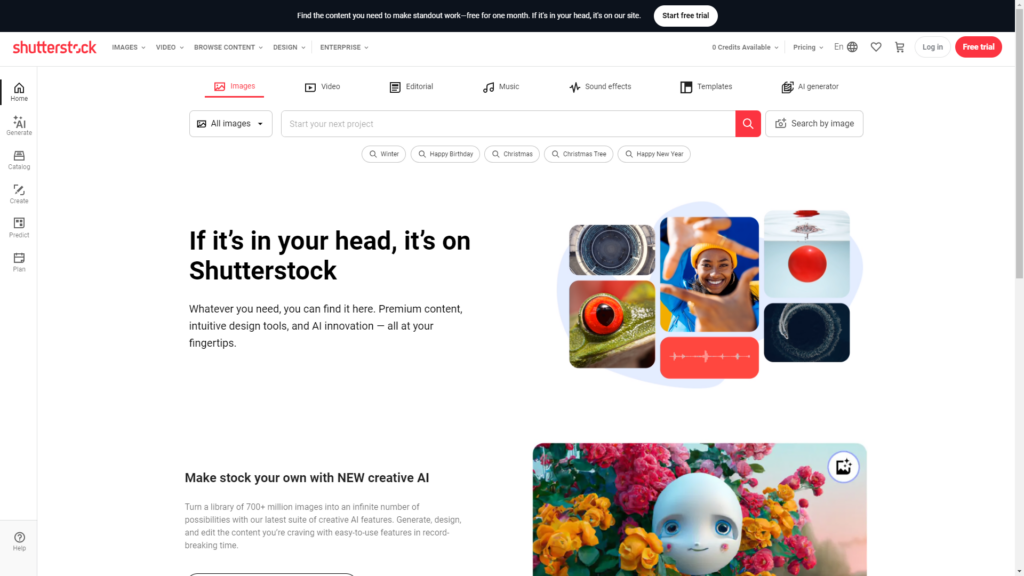
And videos give motion and sound for richer storytelling. Provide these visual assets in easy downloadable formats or embed videos so the press can integrate seamlessly into features.
Contact Information
Clearly list phone numbers, emails, and online profiles for connecting with relevant staff. Break down by departments like PR, partner relations, or customer service. Hyperlink emails and embed social media buttons to make engaging instantly simple. Provide an online media inquiry form they can quickly fill out too.
Statistics and Research
Quantify your traction and success with meaningful stats, metrics, and third-party research. Pull the latest sales volumes, audience demographics, social followers, triple-digit growth, etc. Source validated market reports proving demand trends in your niche. These signal credibility and newsworthiness to reporters.
Brief Company History
Succinctly recap your origins and growth journey like key product launches, partnerships formed, or team expansions. Use a timeline graphic showing major milestones annually. This grounds media in context to better appreciate how far you’ve come.
Testimonials
Sprinkle in rave customer reviews, investor commentary, and co-brand endorsements. These validate your solutions and industry positioning from other perspectives reporters trust.
Regularly updating each element ensures your media kit inspires confidence in your brand vision and qualifications. Follow these tips for an eCommerce media kit that captivates media attention.
What Are The Common Mistakes To Avoid On Media Kit
A polished media kit is vital for eCommerce brands hoping to score media coverage. But even more than including the right information, avoiding common mishaps ensures your business makes a professional first impression. Steer clear of these media kit pitfalls when showcasing your company.
The most frequent mistakes brands make are:
Too Long Media Kit
With excitement to share your story, it’s tempting to elaborate without concision. But inundating the press with dense walls of text diminishes your odds of capturing attention and action. Prioritize only the most compelling statistics, achievements, and details that specifically would interest the media.
Get straight to the info that supports potential stories instead of regurgitating your About Us page. If further context is needed, reporters will ask. So keep the initial copy tight, scannable, and intriguing.
Big File Size
While images help dramatize your media kit content, flooding it with high-res graphics slows loading speeds and makes it unwieldy to navigate. Audit visual assets to remove any that don’t directly enhance or clarify messaging.
Compress files without sacrificing too much quality. And use video hosting platforms like YouTube or Vimeo to embed links instead of attaching mammoth video files. A kit taking ages to browse or hampered functionality curbs media interaction.
Irrelevant Information
With limited time, the media hunts for angles fitting specific reporting interests. So including broad claims without data backup quickly loses relevance. Overly general descriptions also allow less control over how details get interpreted.
Address precise reader concerns and trends in your niche backed by statistics. And customize pitches for each media outlet’s vertical to increase relevance. The more dialed-in your information to current conversations, the higher your fit for opportunities.
Not Showcasing Achievements
It’s easy to humble brag when self-promoting. But partners are attracted to momentum and traction. So neglecting to spotlight your measurable growth and awards makes it challenging to convey newsworthiness—the bait that hooks press.
Quantify all-time sales volumes, impressive customer retention, or recent triple-digit revenue surges. Did your startup just clinch a competitive grant or score a major retail distribution deal? These milestones deserve attention via logos, pull quotes, and images touting honors received.
Demonstrating desirable outcomes gives reporters confidence in your brand’s viability for features.
Avoiding these four common media kit mistakes allows your product assets to make maximum impact when connecting with industry press and partners.
Keep length focused, file bulk reasonable, information targeted and achievements prominently displayed. Refine these elements and your owned media channels become trusted resources that media keep returning to as your company grows.
Wrapping Up
A polished media kit is an invaluable asset for eCommerce brands striving to promote their products amid endless noisy competition. Effective media kits make it simple for time-crunched journalists to grasp your unique value proposition and achievements.
Compelling press with the right stats, messaging, and visuals earns features that extend your reach and authority. But avoid overly dense copy, irrelevant content, or understating wins. Crafting a visually appealing, regularly updated media kit gives emerging eCommerce players a competitive advantage.
Frequently Asked Questions(FAQ’s)
1. What exactly is an eCommerce media kit?
An eCommerce media kit is a package of brand information and multimedia assets that online retail brands provide to media outlets and influencers to secure earned media coverage about their business or products. This serves as a self-promotional tool.
2. How does a media kit benefit my eCommerce site?
Having a polished media kit makes it easy for the press to quickly grasp your unique value proposition and achievements to determine newsworthiness. Earned media exposure reaches new aligned audiences, builds brand credibility and authority, and boosts visibility leading to more sales.
3. What key elements should my eCommerce media kit include?
Essential media kit components are an About Us, product descriptions, leadership team bios, statistics and achievements, high-quality images/videos, logos and branding guidelines, press releases, and contact information.
4. How often should I update an eCommerce media kit?
Plan to fully refresh your media kit on an annual basis to showcase the latest company developments, product launches, growth metrics, milestones, and media coverage earned. But swap out assets like new images/videos on an ongoing basis.
5. Can a media kit help an early-stage eCommerce company?
Absolutely. An impressive media kit allows emerging brands to control their narrative from the start. Promoting vision, achievements, and potential to media helps young companies build authority and trust with audiences out the gate to accelerate growth.

